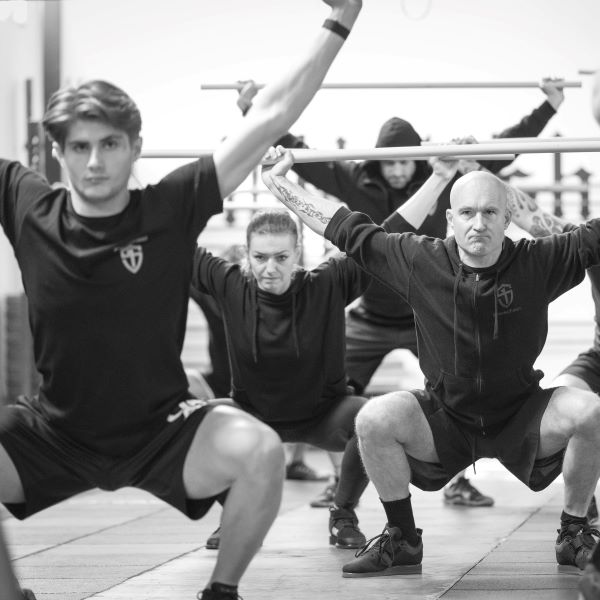bluejeff
Level 7 Valued Member
@Wyanokie I don't have specific advice, but Steve A there hit it on the head. So perhaps I can give two cents on how to approach your predicament.You've got 100% agreement from me that your underlying health is more important than lifting poundages, and that includes worry. What I would push is the idea of trying to reduce ambiguity. That would allow you to either more vigorously pursue an answer, or, hopefully, to be at peace.
I had a troublesome movement disorder for years, and when I finally met the man that would lay out the path to recovery, he basically said "it's not worth worrying about how it happened to you. It's better to focus on what you can do now to move forward." Well, something either unforseen or out of your control happened to you, but it's in the past now. You are where you are, so approach things from where you are, not where you were.
If you had a health isssue, it's in the past. Right now, you are both a) trying to figure out how to progress training/weight gain, and b) concerned whether there is something underlying that might be at play.
What I learned from my situation was to do what I could to make some kind of progress, no matter how little, and to keep trying things until something stuck. I also learned to take it "day by day" and be patient with the process.
So, my advice, for what it may be worth, is to look for solutions, rather than the source of past "problems." Try some of the above advice in this thread to see if you can regain some weight and make strength gains. Give it enough time to really tell, and then re-evaluate when you know if it helpled or not.
Hope it helps.

